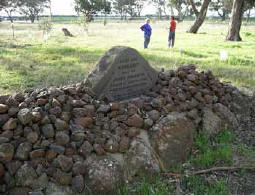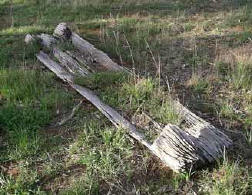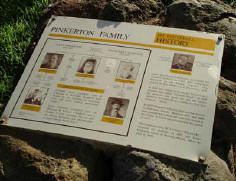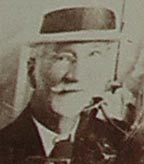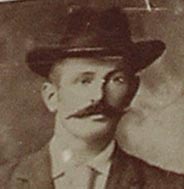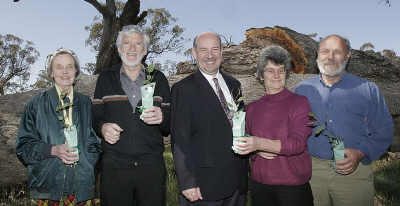
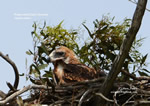 28th July 2014
28th July 2014
Wedgies observing courting & mating on Mt Cottrell by Frances Overmars & Daryl Akers while planting in the crater of Mt Cottrell. A magnificent panorama but it was very cold & windy!
About a dozen Kangaroos were beside the track, a little way in from the front gate, out of the wind. They ignored us as we drove past them up the track. There were another 16 or so just beside the crater. They took off as we came close.
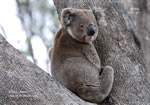 Koalas can still be seen in the woodland remnants around Melton.
Koalas can still be seen in the woodland remnants around Melton.
Koalas appear to have made a tentative return to Pinkerton Forest. Quarterly bird surveys by Birdlife Australia and Pinkerton Landcare & Environment group have observed Koalas on three occasions in the twelve months.
15/10/2006
Pinkerton Forest (50ha) and Bush’s Paddock (45 ha) are located in the Shire of Melton on the western slope of Mt. Cotterell. They form part of the Victorian Volcanic Plains bioregion and contains the ecological vegetation classes of plains grassland, plains grassy woodland, plains grassy wetland and plains sedgy wetland.
The average rainfall is 450mm focusing on Mt. Cotterell (height 204 metres).
These basalt plains grasslands are of State significance and are important as there remains just 0.01percent of native grasslands in Victoria today.
Pinkerton Landcare and Environment Group co-jointly manages the restoration of the grasslands in association with Western Water (Pinkerton Forest) and the Shire of Melton (Bush’s Paddock)
Restoration planting and propagation
Restoration planting has been undertaken using seeds from local provenance in the Mt. Cottrell/Exford region. Some of these have been propagated by members of the group. The species selection and composition for Pinkerton Forest has been modelled on the nearby Eynesbury woodland, of national significance, these being Sweet bursaria (Bursaria spinosa), Fragrant salt bush (Rhagodia parabolica), Golden wattle (Acacia pycnantha), and Gold dust wattle (Acacia acinacea). The planting of the regionally significant Turkey-bush (Eremophila deserti), propagated by a member of the group has been undertaken.
The result is that the grey box seedlings started growing, and gradually the understory, the previously unnoticed shrubs such as Turkey bush (Eremophilia deserti), Sweet bursaria (Bursaria spinosa) and Tree violet (Hymenanthera dentata) started to reappear. Lightwood and Gold-dust wattle (Acacias implexa and acinacea) have sprung up from nowhere, certainly not in the trial area which was burnt a few years ago, rare fungi have popped up, the native stipa grasses have set seed, and wild flowers such as Tufted blue bell (Wahlenbergia communis), White Lobe-seed daisies (Brachyscome dentata), New Holland daisy (Vittadinia cuneata), and Pussy tails (Ptilotus spathulatus) have flowered and set seed.
The grasslands are seen at their best in spring and summer when the wildflowers are flourishing and the native grasses are setting seed.
After six years of restoration work the wildlife has started to return to the woodland, using it as part of the Exford network of grassy grey box woodlands linked to the Werribee River.
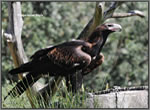
January 2014
A pair of White-bellied Sea-eagles was observed in a tree beside the nest tree in which they had successfully nested in 2009 and 2010, raising a total of three chicks. Everyone had high hopes that the sea-eagles would once again nest in Pinkerton Forest. In January we had positive confirmation of Wedge-tailed Eagles nesting at Western Water.
In February of 2014 the juvenile eagle was seen at several sites at Western Water. It was immediately recognisable in its juvenile plumage, with golden shoulders and head, with the rest of the body a dark chocolate colour. It was usually disturbed while perched on the ground.
